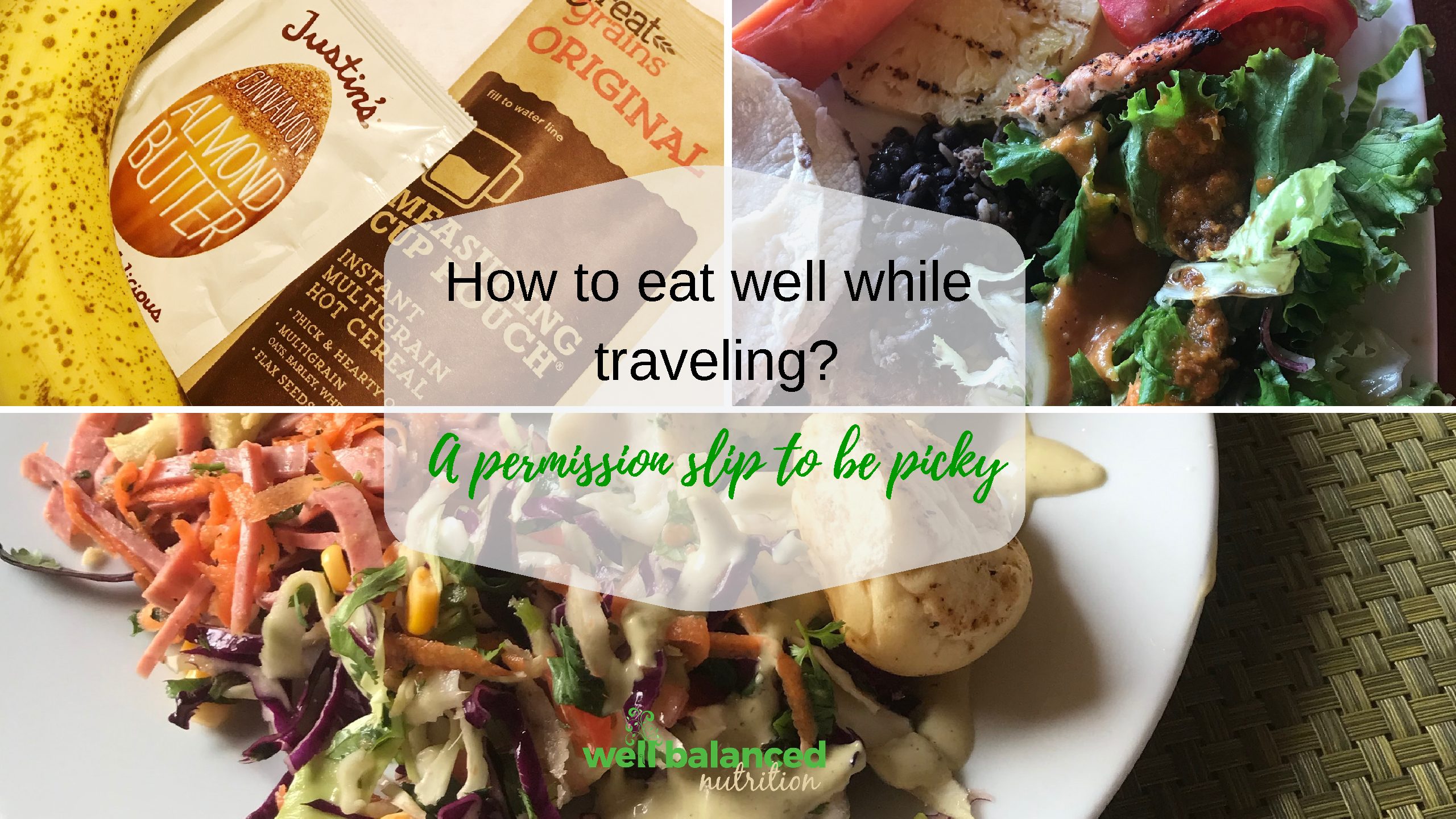
by Lucy | Feb 7, 2019 | Nutrition Questions Answered
Did you know approximately 1 in 5 of American’s have IBS and 40% of the population is living with a chronic condition?
This is a good reason to be nice to ourselves and nice to others because we don’t know what they are going through. It can be especially challenging to know how to eat well while traveling.
In January, Kristen and I went on our first international Well Balanced adventure to Costa Rica! It was an incredible trip coordinated by our new friend, Amanda Chay, with Wonderment. Needless to say, we had a lot of new experiences such as repelling down the side of the canyon into surprisingly cold water and discovering my new obsession with papaya!
As many of you know, I (Lucy), have been managing and coping with IBS for several years now. Click here to learn more. Anyway, whenever I travel, I get a little extra anxious around the lack of control regarding my food choices. In our small group of seven, we had 80% of the meals preplanned and catered to us. Normally, this sounds like a dream come true! However, when you have food sensitivities it can be more like a nightmare.
How I stay routine and regular
On our first morning in San Jose, Costa Rica, while I scooped up a small bowl of oatmeal my fiancé told our tour guide leader, Amanda, that oatmeal is a daily ritual of mine. She laughed and said, “well you can enjoy a break from that because I don’t have oatmeal on the menu for our breakfasts this week.” I laughed, I looked at Andrew and said, “isn’t she so funny?“ What Amanda did not know is I had packed six portable oatmeal packets and mini almond and peanut butter packets in order to continue my routine, which helps keep other things routine (*wink *wink).
So often, while talking about setting up healthy habits and sticking with them I hear clients say “but I don’t want to be picky or difficult.” For instance, if someone has a digestive and sinus issues they may greatly benefit by going dairy-free; however, when going to a friends house or out to eat they decide to just be polite and eat all the things despite knowing the negative effects of eating dairy products.
Change takes effort at first
Two years ago, when I did the big IBS elimination diet, I found my brain consumed thinking about “what am I going to eat at my next meal??” We’ve learned between 80 to 95% of everything we do is subconscious – think about last time you took a shower… did you think about every move you made? It takes time and energy to make conscious changes to our dietary choices, but it is possible. First, we must become aware of what and why we want to change. Then, we can make a plan and take action.
It doesn’t take that long to start feeling a little better and for your brain to pick up on new habits if you stay consistent. Some people will tell you it’s only 21 days; however, we learned from the book Better Than Before by Gretchen Rubin that on average new habits take about 66 days.
Your permission slip…
If you’re in the midst of making dietary and lifestyle changes or you already know what works for you, remember it’s OK to be picky and know that on occasion we might slip up and put cheese on the salad with ranch dressing because after all, we are human.
If you’re ready to feel better and determine which foods may be triggering inflammation and pain in your body, let’s chat.
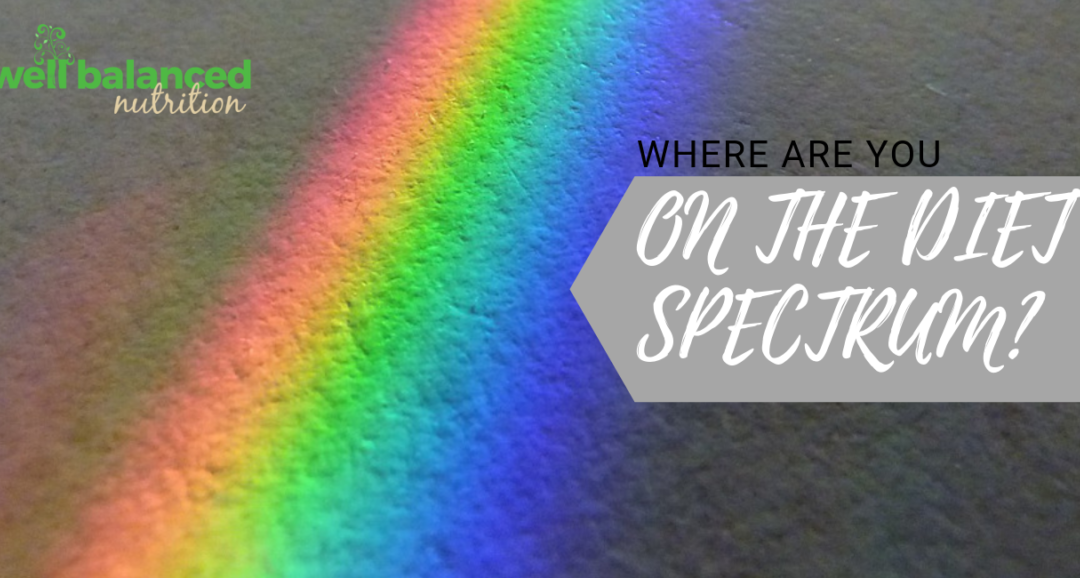
by Lucy | Nov 29, 2018 | Nutrition Questions Answered, Well Balanced Wisdom
You know how there’s a new diet or nutrition news article coming out every day?! It’s overwhelming and confusing for most people – especially those of us trying to be healthy and make better choices.
For many people, diet is a 4-letter word (literally and figuratively!) that makes one shutter and recoil. Here’s the thing, diet is simply the kind of foods a person eats habitually. It’s often shaped by our culture, environment, and upbringing, which may explain why some of us struggle to make healthier choices.
At Well Balanced Nutrition, Kristen and Lucy make it their mission to stay informed and up-to-date about the plethora of information on nutrition and wellness.
It’s important to remember that each human body, while similar in many ways, is also vastly different in our chemical makeup, including how we metabolize foods, how our bodies respond to stress, and so forth. It’s personal and each of us may require different strategies on the journey.
The Diet Spectrum
To bring more clarity to this conversation, we created a visual guide to help individuals figure out where they are on the spectrum.
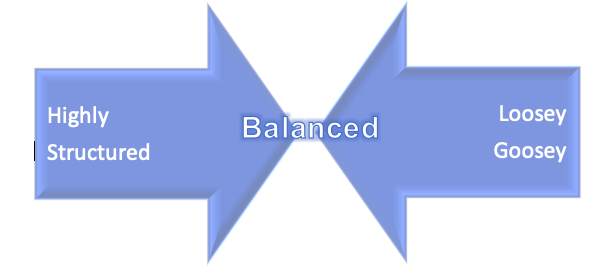
On the left, we have our “highly structured” eaters. This includes individuals strictly following a diet, such as Whole30, Paleo, gluten-free, etc. This is not including the 2-week crash diets, but more long-term.
Next, on the far right we have the our “loosey goosey” eaters. On this end, there is almost no structure, boundaries or plan around what someone is eating each day.
In the middle, you find balance. This does not mean someone on a gluten-free diet for medical purposes needs to start eating wheat bread to be balanced. It’s simply a tool to check in and determine where you are on the spectrum.
Where are you on the Diet Spectrum?
Do you find yourself planning what you are going to eat each day before you get hungry? Or are you waiting to decide what you want in the moment day-by-day or meal-by-meal?
To become highly structured may be useful for setting new habits. Sometimes pressing the reset button with a highly structured diet plan can change how we think about or relate to food.
The question is, what do you need to change to create more balance in your diet? For some it may include more boundaries. Yet for others it may include a permission slip to eat off the plan every so often.
Eating balanced feels different for each of us. Letting go of the shame means embracing our slip ups and planning to do better next time.
Food for thought
As you go throughout your day or week, ask yourself is this choice Well Balanced? We find it most helpful to plan ahead! That way the decision is made before we get bombarded with too many choices.
Do you want to find more balance in your diet and lifestyle? Let’s chat!
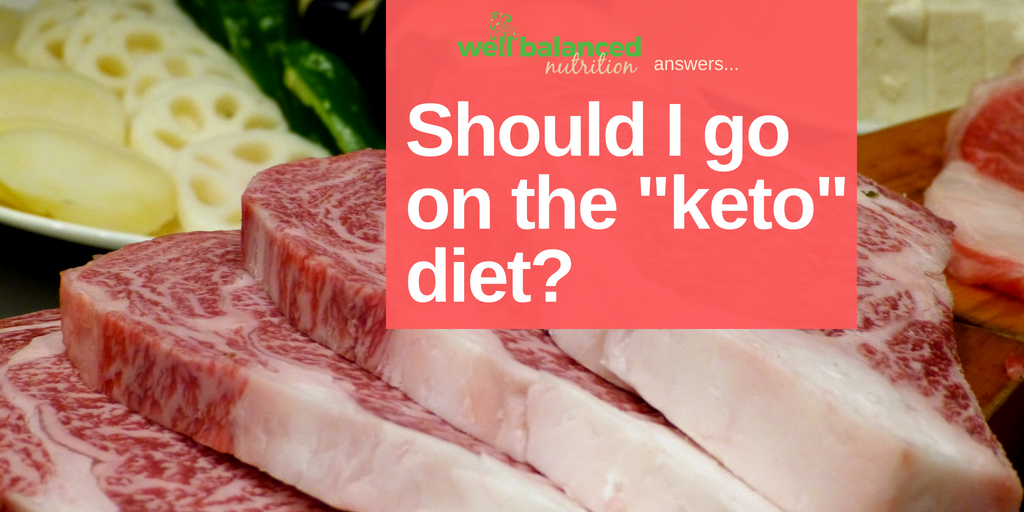
by Lucy | Jun 18, 2018 | Nutrition Questions Answered
Should I follow the “keto” diet?
Lucy and I have been asked this question a lot lately. The answer is (drumroll please)… it depends. Read on to find out the facts, determine if it’s right for you and see what we recommend.
Ketogenic Diet Explained
Let’s start by answering the question, WHAT IS THE KETOGENIC DIET? It’s a diet consisting of a meager amount of energy from carbohydrates (5-10% or no more than 50 grams per day), a moderate amount of energy from protein and a high amount from fat. The goal is to let your body “burn off” all its carbohydrate stores and switch its fuel source to fat (which our bodies turn into ketones).
A healthy ketogenic diet will include many nutrient-dense vegetables like green-leafy vegetables, bell peppers, cabbage, broccoli, cauliflower, asparagus, green beans and Brussel sprouts. Protein needs are met with quality meat and seafood, nuts. cheese, and eggs. Lastly, “good fats” are added to meals or used in cooking such as coconut oil, butter, cream, and olive or avocado oil.
A day of following the ketogenic plan would look like this.
- Breakfast: Two scrambled eggs made with heavy cream and cooked leafy-greens. Coffee with butter or coconut oil.
- Lunch: Tuna salad (tuna + full-fat mayo + chopped celery) over a bed of romaine lettuce + green bell pepper slices + cherry tomatoes + one-half an avocado.
- Dinner: Pecan crusted salmon with cauliflower rice + asparagus + 6 raspberries
Why is the ketogenic diet such a hot topic right now?
It has been known for quite some time to be an effective treatment for epilepsy. More recent studies are producing positive outcomes in neurological diseases like Alzheimer’s and Parkinson’s. Other studies have looked at its potential effect on cancer with great preliminary findings that the diet could help achieve remission. Lastly, in a 12-month trial, adults with elevated HbA1c (associated with diabetes) and body weight assigned to a keto diet had greater reductions in HbA1c, lost more weight, and reduced more medications than those instructed to follow a low-fat, moderate-carbohydrate diet. All fascinating findings, but we still need to learn more.
How does the keto diet cause rapid weight loss?
First of all, the diet eliminates several food groups from your diet drastically cutting back your calorie intake. Secondly, as you limit your intake of carbohydrates, your body produces less insulin and begins to utilize all the sugars that are stored away in your muscles and liver for energy. The breakdown of the stored energy causes the kidneys to flush out water (and along with it, electrolytes your body needs like magnesium, calcium, sodium, and potassium). This loss of water is part of the reason people see dramatic scale drops in the first few weeks of eating a ketogenic diet. It’s also why weight can be regained quickly.
So, is the keto diet right for you if you just want to lose weight and feel awesome?
Let’s look at the reality of it. It’s definitely not a magic bullet because there are downsides to this extreme approach. It’s a significant lifestyle shift. Yes, you might lose weight quickly (in the beginning much of it is water weight), but if you can’t stick with it, chances are it could do more harm than good. While you may read several success stories on the internet, what you don’t see are the cases in which more weight is regained than was initially lost once they came off the diet. Just because it works for some, doesn’t mean that it’s the best diet for you.
The best diet for you is one you can stick to for life.
It may seem obvious, but even the research indicates that the ketogenic diet is hard to follow for an extended amount of time. Some of the research studies had drop-out rates as high as 50-84%. If you are a long-time reader, you know we promote taking small, manageable steps rather than leaping into a brand new lifestyle.
It might affect your social well-being.
Social connections are vital to your health. If following the ketogenic diet will isolate you from your loved ones or your friends, you are putting your health and happiness on the line. Will you be able to share meals with loved ones? Can you still enjoy life’s unique and sporadic moments? This is a serious question to ask yourself before you consider starting the ketogenic diet.
The bottom line:
We recommend taking a look at your current diet and finding some small baby steps you can take and build upon those, rather than changing everything drastically all at once. For instance, cut out sugary drinks and fast food or increase fiber intake with more vegetables at your meals. If you decide the ketogenic diet is one you can follow for years to come, be sure to work with a registered dietitian in order to help you meet your nutrition needs and focus on high-quality, nutrient-dense food choices.
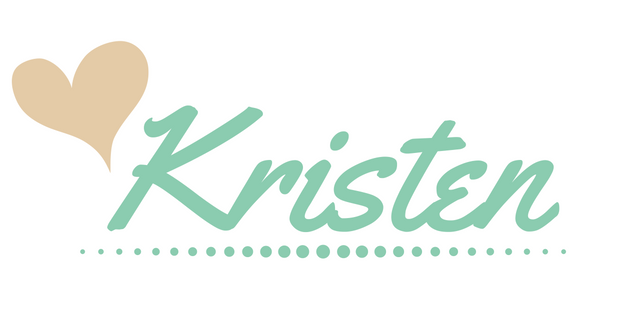
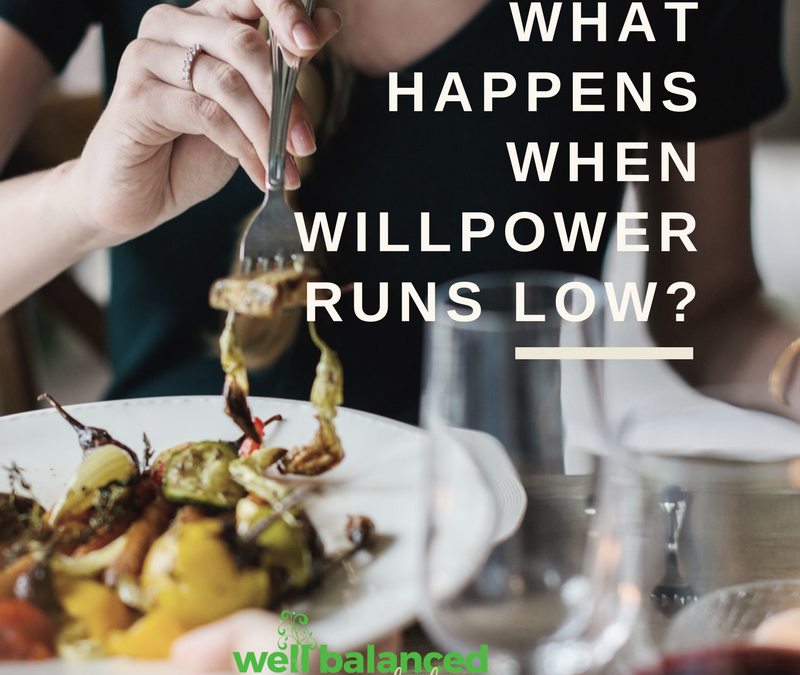
by Lucy | May 3, 2018 | Nutrition Questions Answered, Well Balanced Wisdom
Before going out to for Italian food with friends, Lisa thought she would order the baked chicken parmesan with a salad. Once at the restaurant, hungry and exhausted from an overwhelming workweek, she ordered the ooey gooey cheesy lasagna and ate it all. Then, Lisa woke up the next morning two pounds heavier and feeling shame and guilt wash over her. If you found yourself relying on willpower to make your healthy food choices you may have had a similar experience. This often comes from a diet mentality. It’s the thought pattern ‘as long as I can be good I will be able to [fill in the blank],’ that leads us to drain the willpower tank because we overthink every decision and default into old habits.
At the beginning of each day, most of us wake up feeling confident and determined “today’s the day, I’m going to be healthy!” As we go throughout the day making thousands of decisions and using our mental and physical energy, our tank may get depleted. That is when you find yourself craving something crunchy, salty or sweet around 3 PM (or if you’re like me it’s at 9 PM). Either way, we know willpower is not the solution to living a healthy Well-Balanced life.
3 steps to keep your willpower tank full
- Notice when you’re relying on willpower. Recognize that little voice in your head saying; no, I won’t eat the free bagels in the break room today. Yep, that is good old willpower going to work for you. There is some evidence that states, I won’t statements deplete our willpower more rapidly. First, notice when you are denying yourself something that your brain is craving. Kristen describes it as riding the crave wave. It is okay because most cravings pass.
- Replace ‘I won’t’ with ‘I want.’ Once you’ve noticed the I won’t, you can start to change your thoughts to include ‘I want [something better that will help me reach my goals].’ For instance, if your brain saying I won’t eat the leftover cake that someone brought to work, instead, I want my delicious egg muffins and fruit smoothie, because it gives me the energy I need to do my job. Or simply I want to eat Well-Balanced and I know those donuts will just lead me to a sugar crash and make me feel awful later.
- Create a new normal – aka automation. Research claims up to 95% of all we do is subconscious. Think about the last time you took a shower. Did you stop and think ‘Now I pour the soap. Now I wash my hair. Now I shave my legs…’ Unlikely! It just happens, right? Same goes for food. Our brains are designed to keep us alive, not help us reach our ultimate health and well-being. When the brain senses energy-dense foods, like cheese and French fries, it sends signals to keep eating in case you experience scarcity or famine. Setting up healthier habits, such as packing a sandwich with baby carrots and an orange for lunch instead of relying on whatever you can find near the office will eliminate the task of making another decision.
Food for thought:
Is a diet mentality holding you back? It is common – even socially acceptable and encouraged – to reward ourselves with a special treat. This behavior pattern may have started in childhood when our well-meaning teachers or caretakers would supply candy or snack foods for good behavior. On the road to Well Balanced, there is an important step in recognizing what habits are holding us back. We invite you to take the Diet Mentality Assessment to pinpoint where your downfalls might be sabotaging your health, weight, and wellness goals.


by Lucy | Nov 21, 2017 | Nutrition Questions Answered, Well Balanced Wisdom
Wednesday, November 22, 2017
According to the latest research from the American Diabetes Association, 30.3 million Americans had diabetes in 2015 and they estimate that 7.2 million of those cases are undiagnosed. Additionally, the ADA reports that another 1.5 million people are diagnosed with diabetes every year. November is national diabetes awareness month. We are wrapping up this month by bringing awareness of how people can prevent or manage diabetes the Well-Balanced way.
Let’s start by circling back to the Well-Balanced Plate, which is not only good for weight management and getting the vitamins and minerals you need – it can also help regulate your blood sugars. As you may already know, diabetes is a condition of having elevated blood sugars, which can often be attributed to eating a diet that is high in sugar or other simple carbohydrates (specifically for type 2 diabetes). There is also a genetic predisposition to have a higher risk of developing type 2 diabetes; however, it is often preventable with diet and lifestyle changes.
On the Well-Balanced Plate, we include complex carbohydrates, such as whole grains, in small portions. You can read more about the benefits of whole grains here. A complex carbohydrate has higher fiber content and will not raise blood sugars as quickly as simple carbs. For instance, you might find yourself feeling hungry soon after eating a meal with white rice versus eating oatmeal or other whole grains. Not only do we find carbohydrates in grains such as oats, quinoa, and whole wheat bread but we also find carbohydrates in fruits, vegetables – especially the starchy vegetables like potatoes and corn – and most dairy products. It is important to know what foods are affecting your blood sugars and how to eat them in balance. This is something we discuss with many of our clients – click here to learn more.
Additional benefits of eating well-balanced means you’re including not only complex carbs – but we also emphasize protein and healthy fat. Incorporating protein and healthy fat helps to slow the rate of how quickly food is turned into glucose (blood sugar) to be used for energy.
Last year, Karen* came to Well-Balanced Nutrition because her hemoglobin A1C, a marker of checking a person’s average blood sugars, was elevated at 6.4%. This is one percentage point away from being diagnosed with diabetes. Karen was very eager to learn how to prevent diabetes without going on any medications. During her initial assessment, we talked about her healthy habits, then she mentioned her love of Pepsi-Cola. After a few more visits, Karen incorporated some mindful eating techniques and implemented label reading to check the carbohydrate and sugar content of everything she bought. Karen reports it was easier than she expected to stop drinking Pepsi. She is pleased to still occasionally enjoy a glass of chocolate milk from Maple View Farms for days that she wants something extra special. At her follow-up doctor appointment last June, the doctor said, “Congratulations, whatever you’re doing is working. Keep it up.“
*Name changed to protect identity.
Here are a couple of examples of our favorite well-balanced meals:
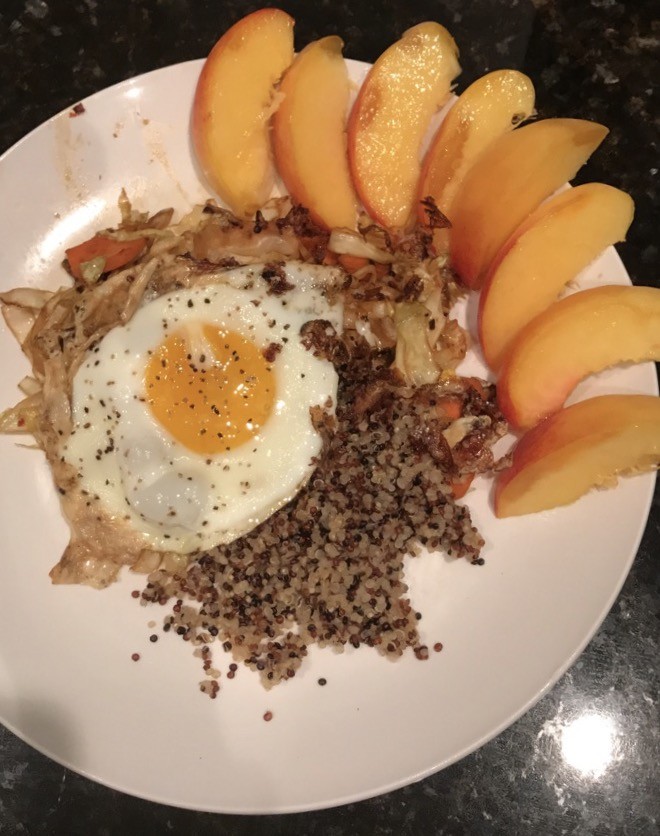
Sauteed cabbage and carrots w/ quinoa, fried egg & peach

Garlic chicken legs w/ brown rice and artichoke green bean salad

by Lucy | Feb 1, 2017 | Nutrition Questions Answered, Well Balanced Wisdom
Carbs get a bad rap. Many people are eliminating them, assuming they might be intolerant to them or just plain writing them off as evil. Poor carbs, they are so misunderstood.
Carbs (short for carbohydrates) come from many sources both natural and processed, such as bread, rice, pasta, potatoes, peas, corn, fruit, sugar, honey, beans, etc, etc.
This month I want to highlight one group of nutritious, delicious “carbs” and shine light on how eating them can actually HELP us. Whole grains, like brown rice, oats, wheat, barley, and rye are good for your heart. Research indicates that eating whole instead of refined grains substantially lowers total cholesterol, low-density lipoprotein (LDL, or bad) cholesterol, triglycerides, and insulin levels.
So don’t write off all carbs. Whole grains are complex carbohydrates worth keeping (or adding) to your diet. This begins a 4 part series on whole grains in honor of Heart Health month. We will define them, give examples, talk about how much and why they are worth including in your diet. First, let’s define them..
What does whole grain really mean?
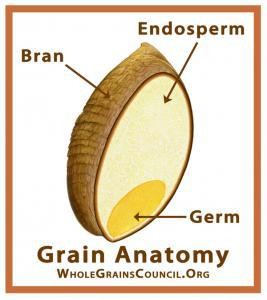 In their natural state growing in the fields, whole grains are the entire seed of a plant. This seed (also called a “kernel”) is made up of three key edible parts –the bran, the germ, and the endosperm. Whole grains that make it to the shelves or your plate still contain all three parts of the kernel. On the other hand, grains that have been refined in processing are missing the bran and the germ, leaving only the endosperm. Without the bran and germ, about 25% of a grain’s protein is lost, and are greatly reduced in at least seventeen key nutrients.
In their natural state growing in the fields, whole grains are the entire seed of a plant. This seed (also called a “kernel”) is made up of three key edible parts –the bran, the germ, and the endosperm. Whole grains that make it to the shelves or your plate still contain all three parts of the kernel. On the other hand, grains that have been refined in processing are missing the bran and the germ, leaving only the endosperm. Without the bran and germ, about 25% of a grain’s protein is lost, and are greatly reduced in at least seventeen key nutrients.
When you think of whole grains, the most popular ones might come to mind such as whole wheat bread, whole wheat pasta and brown rice. I challenge you to think beyond these staples, though. So many more whole grains are out there and available for your enjoyment. I’ll touch more on those next week….



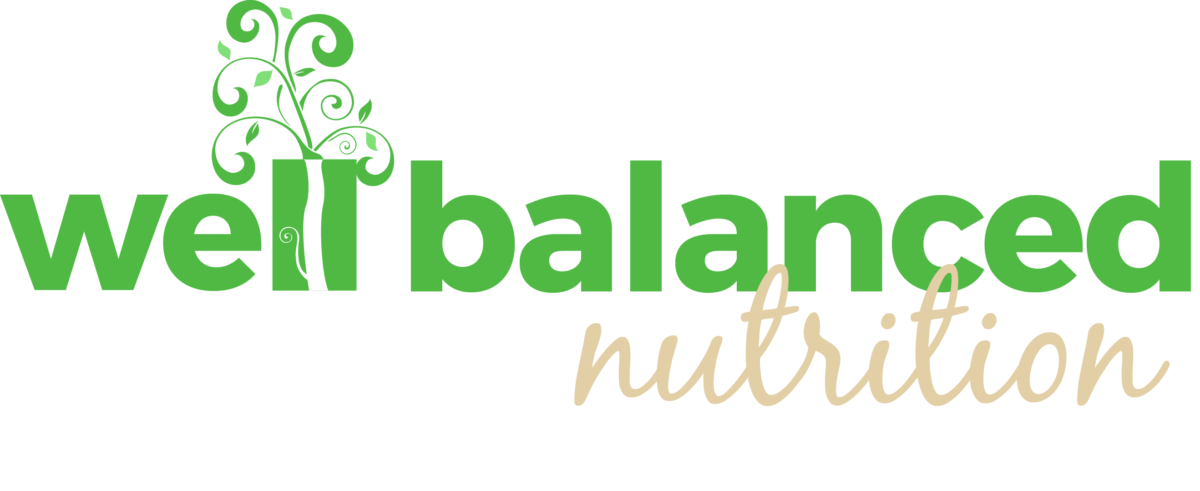










 In their natural state growing in the fields, whole grains are the entire seed of a plant. This seed (also called a “kernel”) is made up of three key edible parts –the bran, the germ, and the endosperm. Whole grains that make it to the shelves or your plate still contain all three parts of the kernel. On the other hand, grains that have been refined in processing are missing the bran and the germ, leaving only the endosperm. Without the bran and germ, about 25% of a grain’s protein is lost, and are greatly reduced in at least seventeen key nutrients.
In their natural state growing in the fields, whole grains are the entire seed of a plant. This seed (also called a “kernel”) is made up of three key edible parts –the bran, the germ, and the endosperm. Whole grains that make it to the shelves or your plate still contain all three parts of the kernel. On the other hand, grains that have been refined in processing are missing the bran and the germ, leaving only the endosperm. Without the bran and germ, about 25% of a grain’s protein is lost, and are greatly reduced in at least seventeen key nutrients.